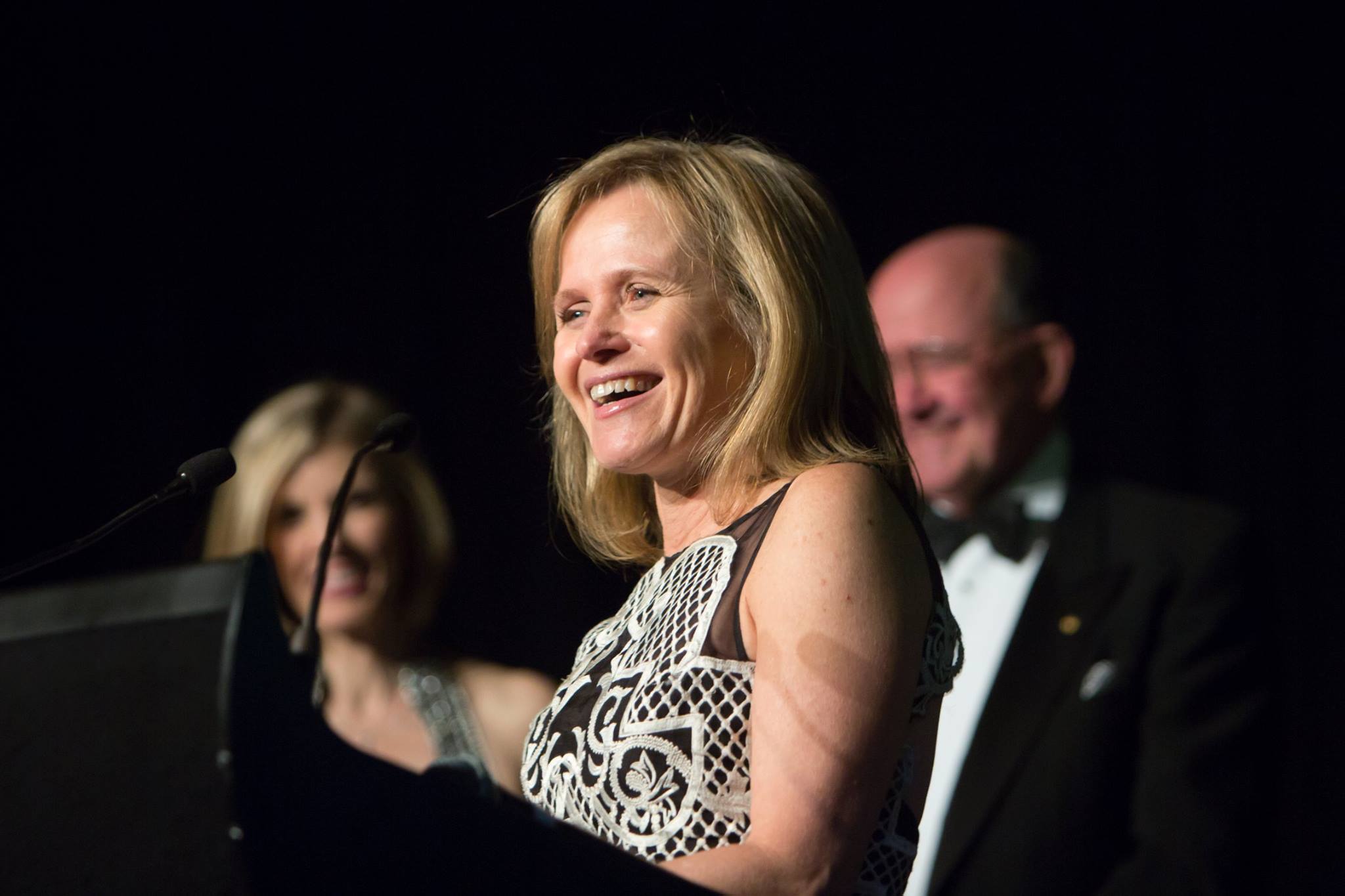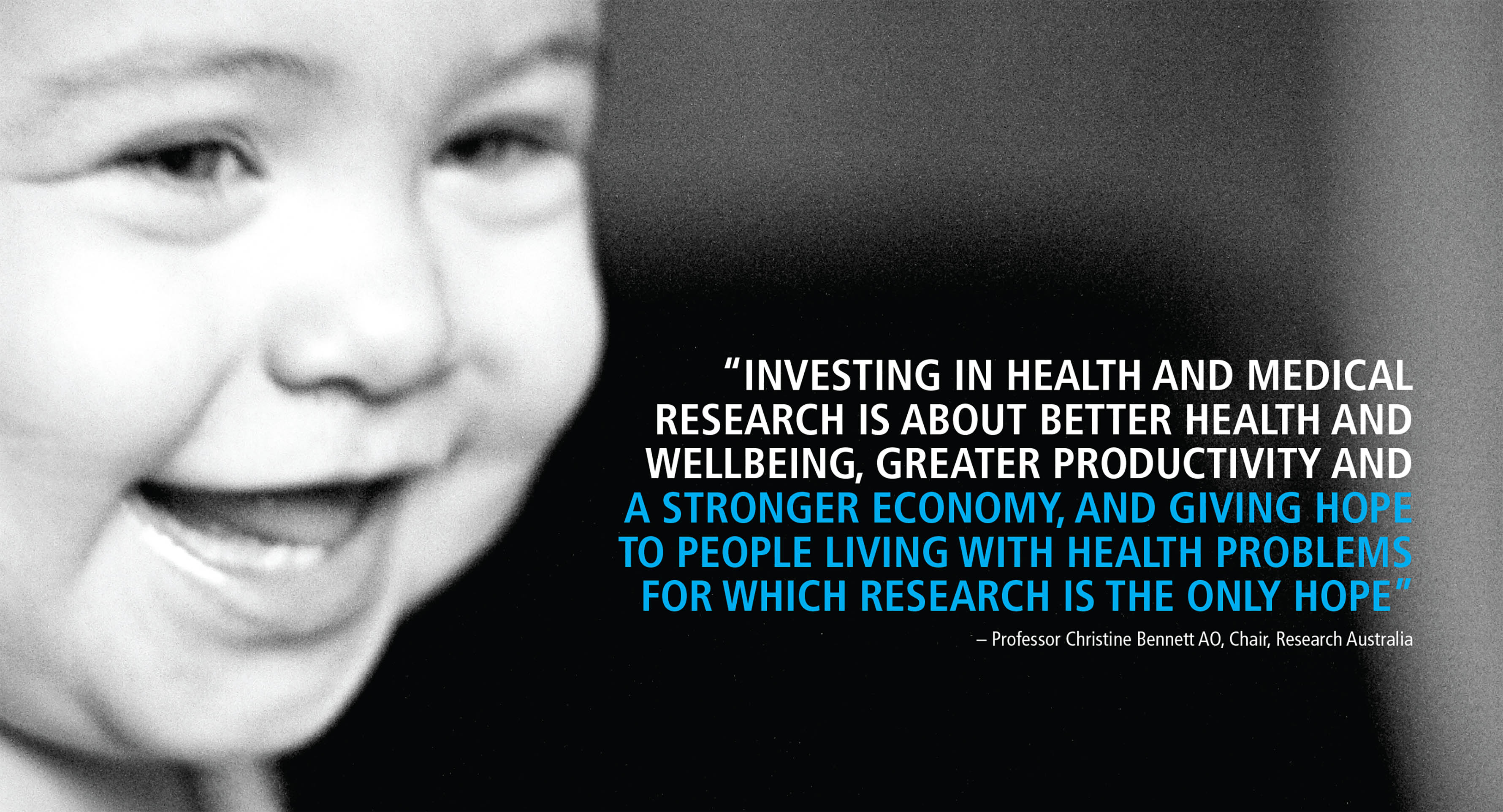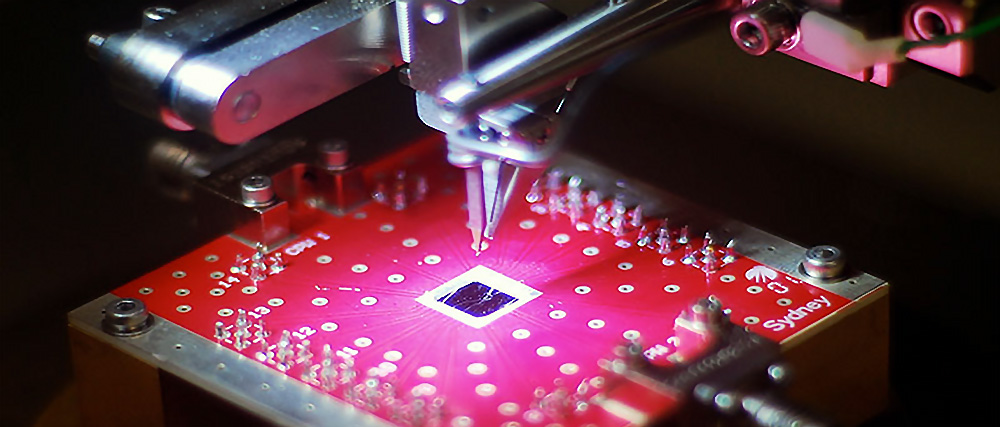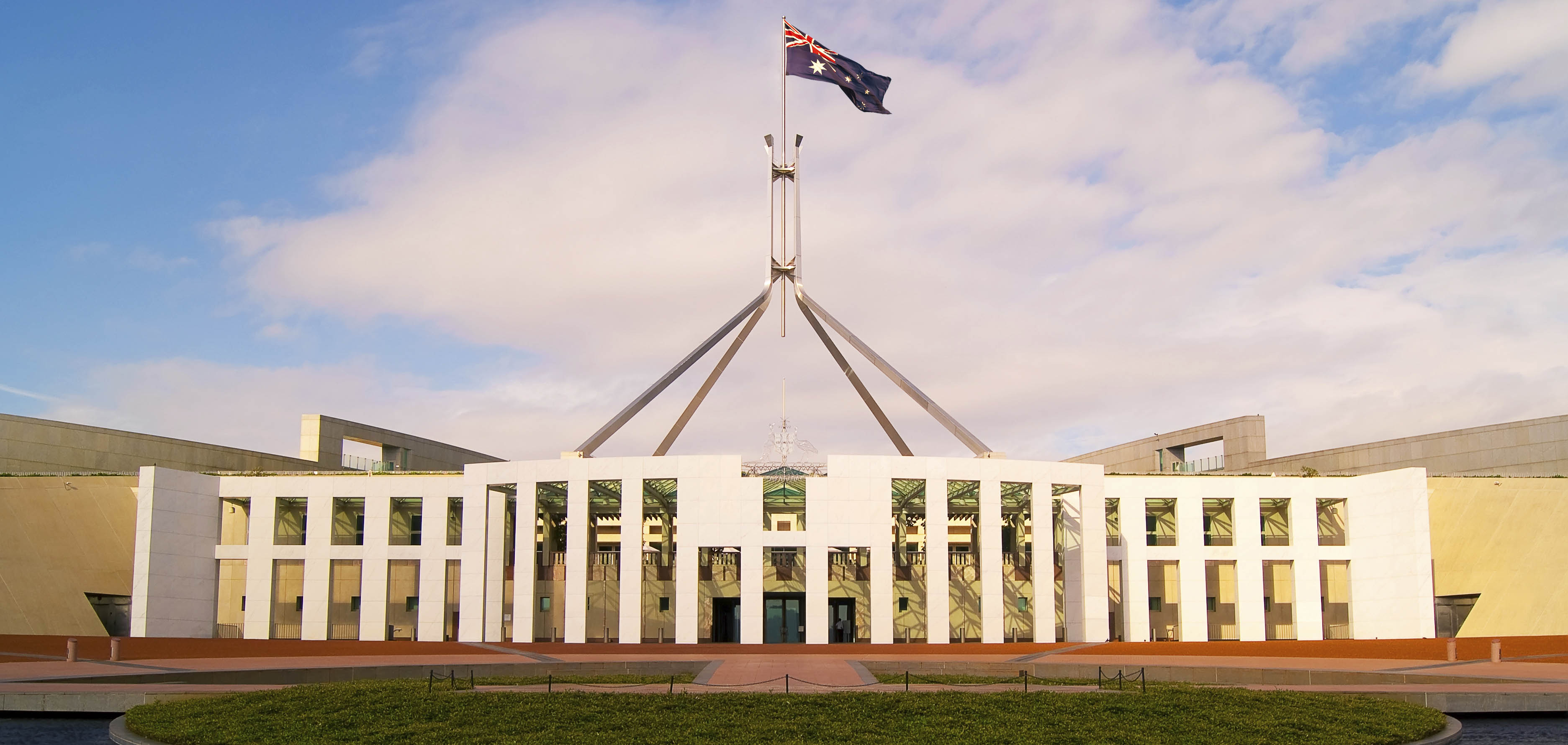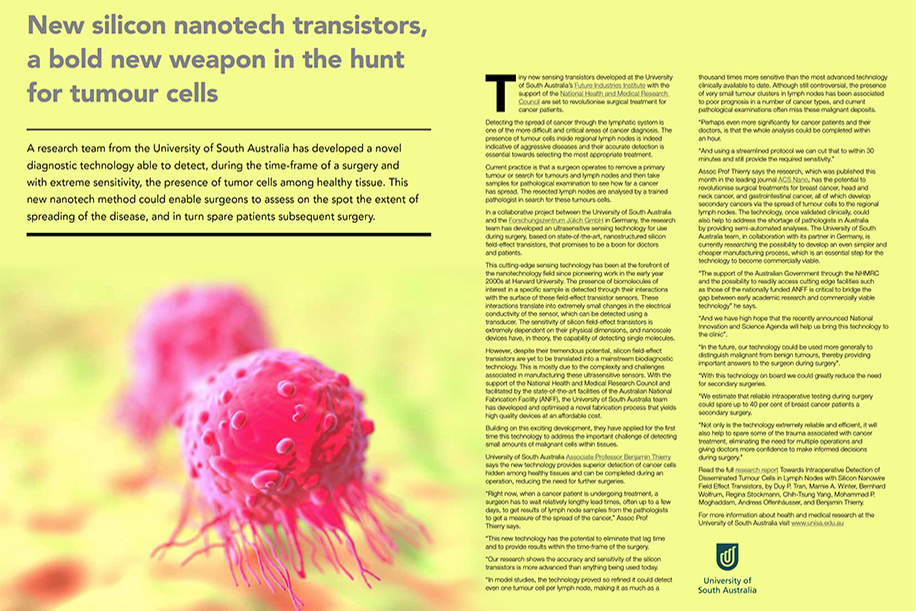A National Strategic Framework for Chronic Conditions is being developed by the Department of Health as the overarching policy for the prevention and management of chronic conditions in Australia. It provides guidance for the development and implementation of policies, strategies, actions and services to address chronic conditions and improve health outcomes.
The second draft of the Framework, released for comment in May 2016, identifies research as one of the six enablers of the Framework. Research Australia’s submission supported research as an enabler of the Framework and made specific submissions about the role research can play in supporting the objectives of the Framework.


